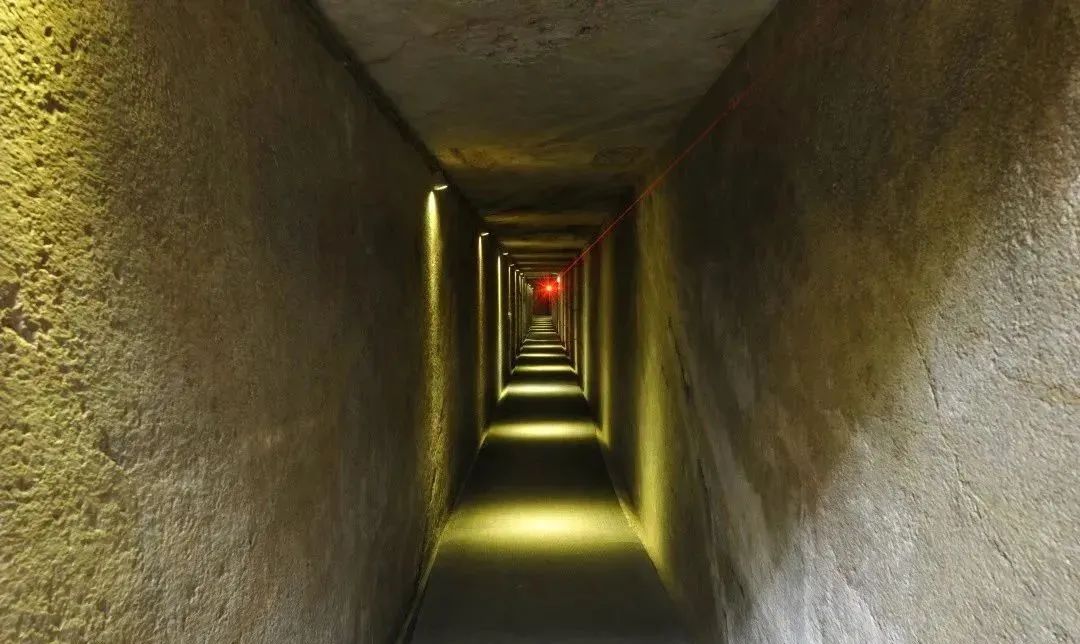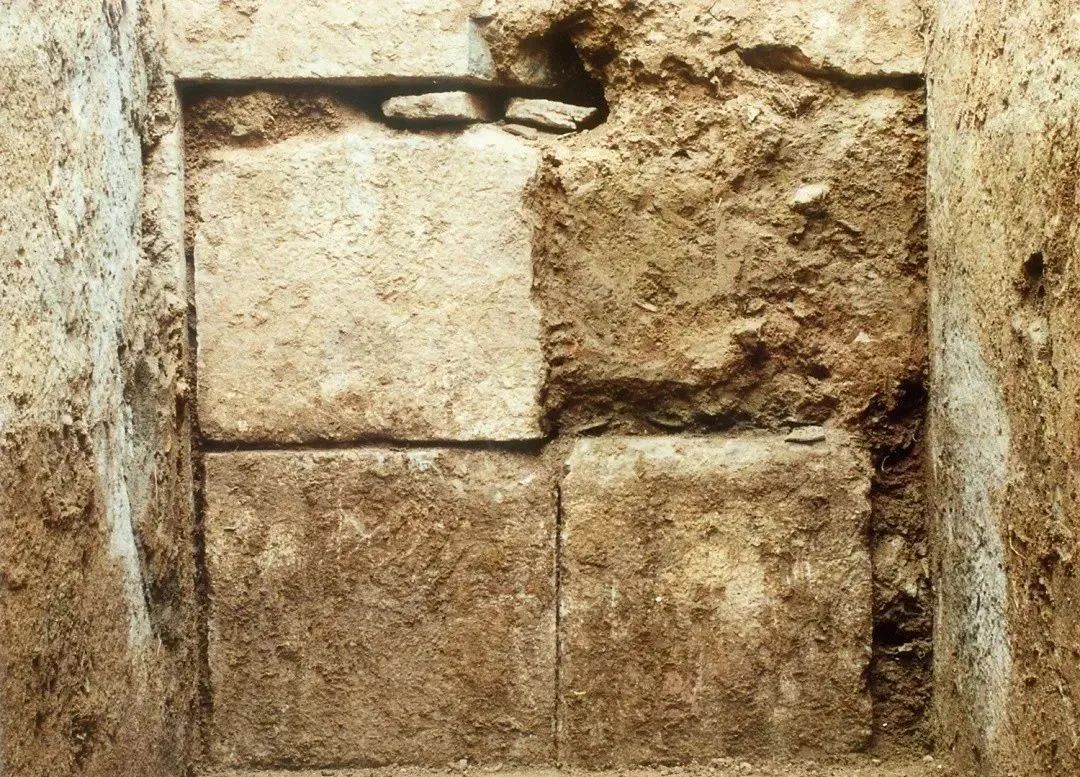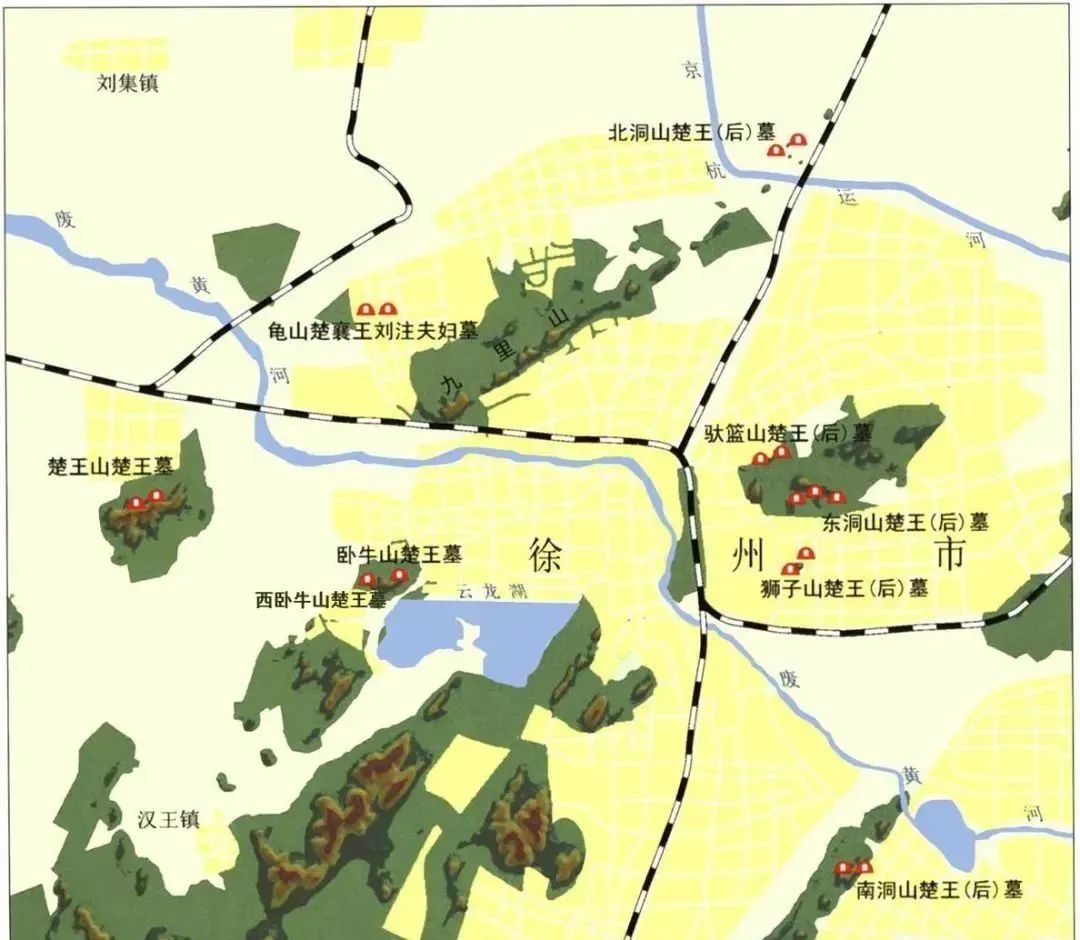The "King of the Mountain" in the Western Han Dynasty, Pengcheng left a bunch of mysteries
The mausoleum of the King of Chu in the Western Han Dynasty, hidden in the vast mountains, is increasingly mysterious and elusive with its unique shape and long history. In particular, many unsolved historical mysteries, like mountains and mountains, cover up the true appearance of the tombs of the Kings of Chu, attracting curious tourists. But how many historical mysteries remain to be solved in these tombs?
The Mystery of the Tomb Owner

After Liu Bang established the Western Han regime, he named his younger brother Liu Jiao the first king of Chu, and since then it has been passed down from generation to generation. According to the Han system, the princes who have fiefs will be buried in the fiefs after death, so that the tombs of twelve Chu kings will be preserved on the land of Gupeng.
So far, archaeologists have used advanced survey and exploration techniques to discover and excavate 8 tombs of the kings of Chu. Han tombs, Dongdongshan Han tombs, Nandongshan Han tombs, Chuwangshan Han tombs.
There is no correspondence between the king of Chu and the tombs discovered. Except for Guishan, scholars have two or more views on the tomb owner of any tomb. There is a lot of debate, and there are currently five views from one to five generations.
Therefore, although the tombs of the kings of Chu have been excavated, which generation of the kings of Chu is the owner of the tombs is still an unsolved historical mystery.
Form Mystery

In Xuzhou, there are usually one mountain and one or two tombs in the tombs of the King of Chu in the Western Han Dynasty. This unique burial method of "mountain as a mausoleum" is called Hengxueyadong tomb in archaeology.
Each room has different sizes and functions. There are kitchens, bedrooms, toilets and bathrooms for the king of Chu to eat and live, and there are places for singing and dancing for the king of Chu to relax and entertain, just like a palace built underground.
Although historical records recorded that "the Han inherited the Qin system", the King of Chu in the Western Han Dynasty adopted the unique burial method of "mountain as a mausoleum". More than 2,000 exquisite cultural relics were unearthed from the Tomb of the King of Chu in Lion Mountain. The facts show that this burial system is not frugal. As for where did the tombs of this form develop, and what were the reasons for their disappearance? The result is even more unknown.
Excavated Mysteries

The tomb of the King of Chu, built in the middle of the mountain, almost hollowed out the entire mountain, and its huge scale is amazing. According to the estimates of the researchers, if each person digs 0.5 cubic meters per day, it will take more than 14 years to dig a tomb like Lion Rock. It is time-consuming and laborious to dig such a tomb.
The question is, some kings of Chu have been in power for only three years and five years. How did the ancients carve out such a magnificent tomb in such a short period of time? Incredible. What is especially surprising is the two corridors of the Guishan Han Tomb. The detection by modern people with high-tech technology shows that the two are almost parallel, and the degree of polishing is extremely high, which is amazing.
The Mystery of Sealing Stone

The mausoleums of the kings of Chu are equipped with huge plug stones to block the tomb passages and corridors. The plug stones are generally 2-3 meters long, about 1 meter wide and high, and weigh 6-7 tons. They are arranged in the shape of a field or a day. The gap is small. These plugs are different from the rocks on the mountain where the tombs are located, and are obviously not sourced locally. After the Han Dynasty quarry was discovered on the west side of the Xuzhou Museum in 2004, there were huge blanks of plug stones and grooves left after mining. The size and scale of the quarries were comparable to those of the tombs of the King of Chu. Scholars only knew that Where is the stone of the royal mausoleum mined?
But the bigger question is, how are these huge sealing stones transported? Even today, when archaeologists excavate, they use modern lifting equipment, and they are exhausted. However, how did the ancestors of the Han Dynasty transport the boulders to the mountain 2000 years ago and place them in the tomb path? The clever tomb builder, after repairing the tomb path and burying the owner of the tomb, left an unsolvable historical mystery for future generations.
Deciphering the mystery

"There is something to be desired, although there is still a gap in Nanshan." Zhang Shizhi, a Han Chinese, had a profound understanding of the disadvantages of thick burials. It was the exquisite artifacts buried in the tombs that greatly stimulated the tomb robbers to take risks. The fact that all the tombs of the King of Chu have been robbed and excavated so far has deeply touched the nerves of archaeologists. Whether it was the tomb maker who leaked the rumors, or the officials in charge of supervision around the King of Chu who leaked the secret and left them into the tomb. The treasure map of the route is unknown.
The king of Chu, who was solitary, tried to use the mountains and rivers to build a place of "death" for himself, but failed, and only left an "empty" underground palace. It is a must-see place for people looking for the ancient and strange today.
The mysterious Mausoleum of the King of Chu in the Western Han Dynasty,
Together with the Terracotta Warriors and Horses of the First Emperor of Qin in Xi'an,
Become the two pearls echoing each other in the east and west on the Longhai Road,
It has won wide acclaim from tourists at home and abroad
Go to Xuzhou to see the Chinese Han Tombs,
It has become the consensus of more and more people.